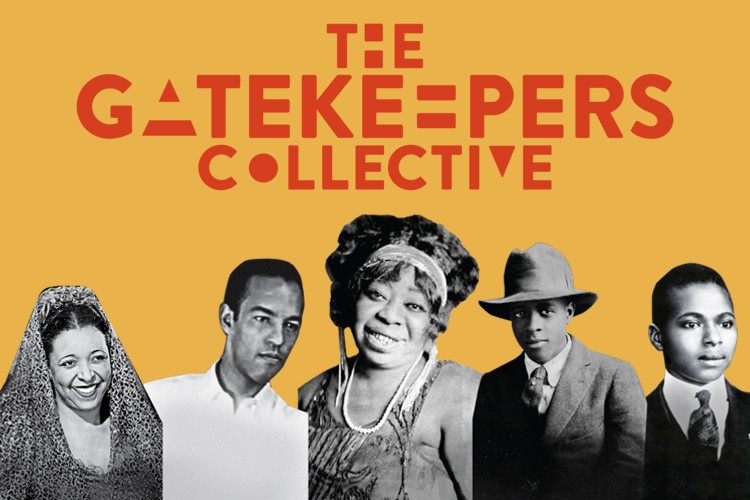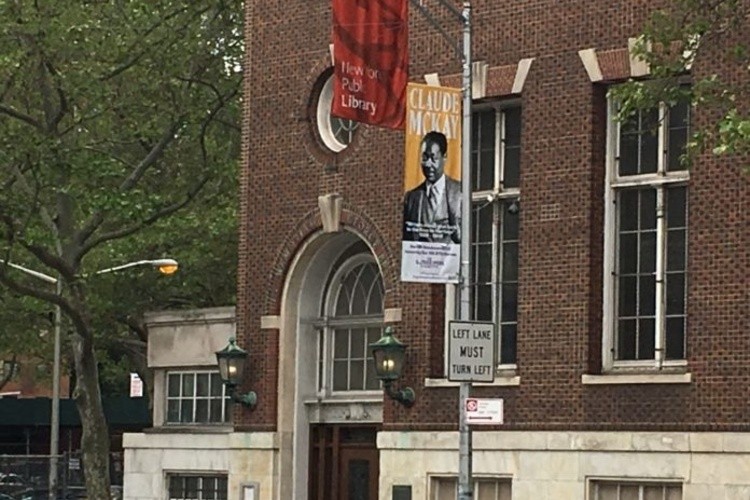New Banners Celebrate SGL & LGBTQ+ African American Harlem Renaissance Icons

The Gatekeepers Collective (TGC), a Harlem-based non-profit organization, will present a public art installation commemorating Same Gender Loving, Lesbian, Gay, Bisexual, Trans and Queer (SGL/LGBTQ+) Harlem Renaissance icons titled Harlem Renaissance 2.0 Banners.
The open-air unveiling of the banners, honoring African American cultural triumphs, was originally scheduled for June, as part of Pride Month, but was postponed because of the pandemic. The event is now scheduled for 12PM on Saturday, July 25 at 125th Street and Broadway, outside The Forum at Columbia University. Attendees are asked to follow social distancing protocols and wear face masks.
The banners, which run along West 125th Street from Morningside Drive to Twelfth Avenue, are part of an annual public art and performance initiative. This year they are celebrating SGL/LGBTQ+ African American heroes and “sheroes” who pioneered the Harlem Renaissance.
“We are reclaiming and celebrating the legacy of our SGL ancestors and affirming the power of acknowledging sexual diversity in the African American community,” said John-Martin Green, the executive director of TGC. “Picturing ourselves as powerful is empowering to us all.”

This year’s banners were designed by Jonathan Key, who swathes portraits of the icons in a color palette of warm reds and greens. The icons featured represent changemakers from across the social, political and cultural landscape.
- Singer and Actress Ethel Waters
- Poet, Novelist and Playwright Countee Coullen
- Visual Artist Richmond Barthé
- The “Mother of the Blues,” Ma Rainey
- Novelist and Publisher Wallace Thurman
“I love seeing The Gatekeepers Collective’s inaugural banners when I look out my office window onto 125th Street and Broadway. They are such a welcome celebration and important reminder of the significant contributions made by these legends of the Harlem Renaissance whose creative legacies continue to inspire,” said Mary McGee, executive director of The Forum at Columbia University. “I look forward to this year’s vibrant educational initiative in our neighborhood.”
The Harlem Renaissance, also known as the New Negro Movement, was a revolutionary period that began during World War I, continued through the 1920s and lasted into the mid-1930s. It resonated throughout New York and beyond. This was an era when gifted African American artists, writers, performers, intellectuals and social leaders influenced American and world culture.
“The banners are an opportunity to amplify visibility for Black Queer artists and activists who, historically, have been doubly marginalized for their identities,” said Andy Tarradath, chair of TGC Board of Directors. “The recognition of their contributions is essential to reshaping our collective history.”